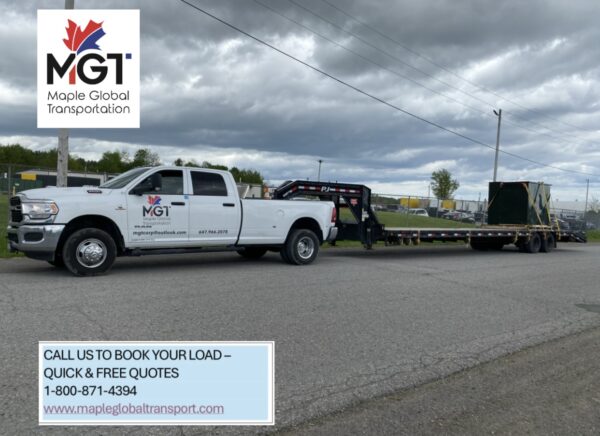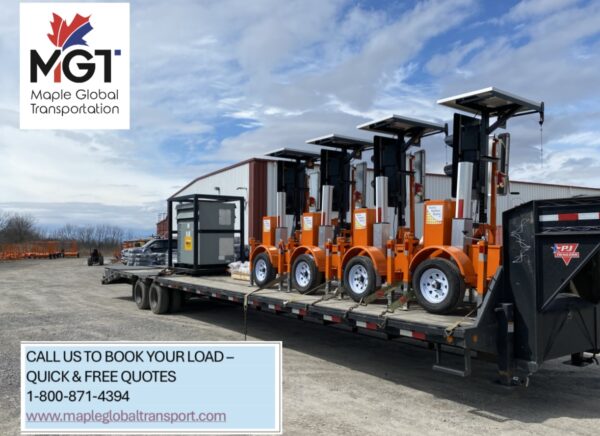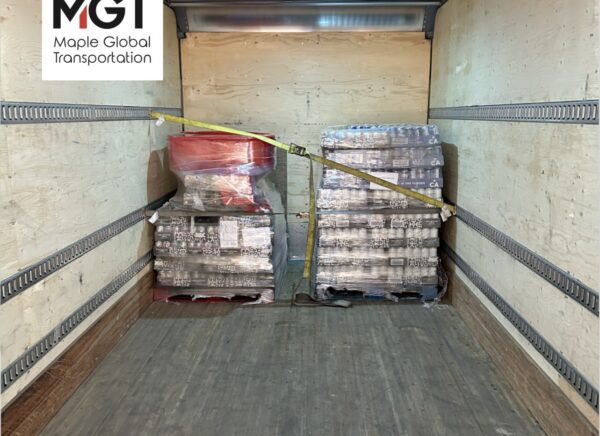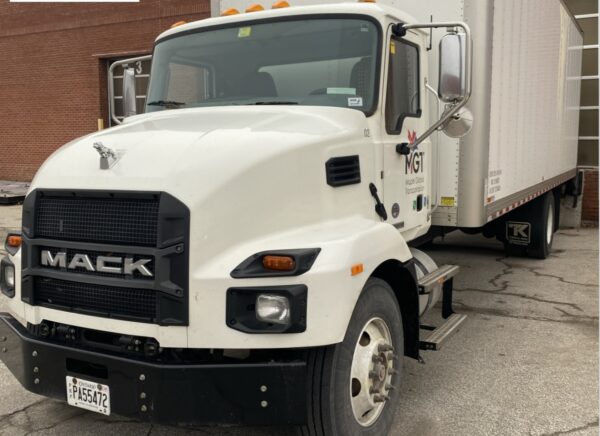When it comes to transporting goods, businesses often find themselves at a crossroad, contemplating between utilizing flatbed shipping or opting for enclosed trailer shipping methods. Each option presents its own unique advantages and disadvantages and requires careful assessment to address their specific needs and logistical requirements. In this post, we will explore the comparative aspects of flatbed shipping and enclosed trailer freight shipping methods, highlighting key differences, and benefits to consider in making the most suitable choice for efficient and effective transportation solutions.
What Does Flatbed Shipping Entail:
Flatbed shipping involves the use of flatbed trucks to haul machinery, goods or
materials that cannot fit into a standard enclosed trailer due to their size, shape, or weight. Unlike alternative freight methods, where cargo is enclosed within a trailer, flatbed shipping allows items to be loaded onto an open platform providing flexibility for oversized or irregularly shaped loads.


Top 3 Advantages of Using Flatbed Shipping:
1. Flexibility
One of the primary advantages of flatbed shipping is its versatility in accommodating various cargo sizes, shapes, and weights. This flexibility makes flatbeds ideal for transporting construction materials, machinery, vehicles, and other large items.
2. Accessibility
Flatbeds offer easy accessibility for loading and unloading cargo from multiple angles. With no walls or roof, flatbed trucks can accommodate goods that require crane or forklift access, as well as those that need to be loaded and unloaded manually. This simplifies the logistics of transporting goods and can help streamline the loading and unloading process, reducing turnaround times, and improving efficiency.
3. Reduced Risk of Damage
Compared to enclosed trailers, flatbed shipping carries a lower risk of damage to cargo during transit. There is less of a chance of items shifting or being crushed against the walls of a trailer. Additionally, flatbeds allow for securement methods such as straps, chains or specialized equipment, which can help stabilize the load and prevent damage during transit.
What Does Enclosed Trailer Shipping Entail:
Enclosed trailer shipping or alternative shipping methods involves transporting goods within a fully enclosed trailer, providing protection from external elements such as weather, dust, and debris. This method is commonly used for transporting sensitive cargo, including electronics, furniture, carpets and other goods.


Top 3 Advantages of Using Enclosed Trailer Shipping:
1. Protection
Enclosed trailers provide protection for cargo against external elements such as
weather, road debris, and potential damage during transit. The fully enclosed design shields goods from exposure to adverse conditions, ensuring they arrive at their destination intact and undamaged.
2. Versatility
Despite the enclosed design, enclosed trailers can still accommodate a wide range of cargo types, including fragile and other sensitive items.
3. Regulatory Compliance
Enclosed trailers may be necessary for transporting certain types of goods that require protection from environmental factors or compliance with regulatory standards.
Conclusion:
Both flatbed shipping and enclosed trailer shipping offer unique advantages and considerations for transporting goods. Flatbed shipping provides versatility and accessibility, making it suitable for oversized or irregularly shaped cargo. On the other hand, enclosed trailer shipping offers enhanced protection, and security. The choice between the two methods ultimately depends on your specific needs, the shipment and budget constraints.
